|
Email / CV / Twitter / Biography / GitHub / G Scholar / Personal 
|
|
I am an ELLIS PhD Student advised by Prof. Bernt Schiele (Max Planck Institute of Informatics, Saarbrücken) and Prof. Francesco Locatello (ISTA). During the course of my PhD I shall be associated with both the Max Planck Institute for Informatics and Institute of Science and Technology, Austria. Previously, I was a Research Fellow at Microsoft Research (MSR), India in the Technology for Emerging Markets group, where I worked on applications of Computer Vision, Image Processing and Machine Learning to developing low-cost diagnostic solutions for healthcare. Before that, I worked as a Research Intern at Adobe Inc. in the Media and Data Science Research Group on image understanding tasks. |
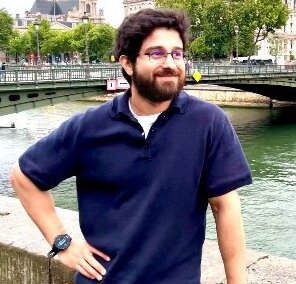
|
|
I completed my Master's and B.Tech with Honours in May, 2020 at IIIT Hyderabad, where I was advised by Prof. PJ Narayanan. My work was mainly on learning robust unsupervised style representations for image regognition and retrieval tasks. I train Deep Neural Networks to solve complex tasks in the areas of Computer Vision, Image Processing and Natural Language Processing. The goal of my work is to build powerful intelligent systems that can help us understand human intelligence better and aid us in our day to day lives. |
|
Current Research: I am broadly interested in Artificial Intelligence (Machine Learning), Computer Vision, Image Processing, Natural Language Processing and their applications to real-world problems. I am particularly interested in building reliable (robust) systems that model visual perception with limited supervision. To this end, for my Phd I will be exploring two major directions:
Published Research: My prior research has involved using machine learning, image processing, and optical physics to tackle key challenges in computer vision and healthcare, including (1) image compositing, (2) self-supervised representation learning, (3) few-shot image segmentation, (4) explainable AI (xAI) (5) anomaly detection, and (6) AI-based medical diagnosis. These have resulted in publications at top conferences like ICLR, IJCAI, WACV, SIGIR, EMBC, IMWUT/Ubicomp and MMM. |
|
|
|
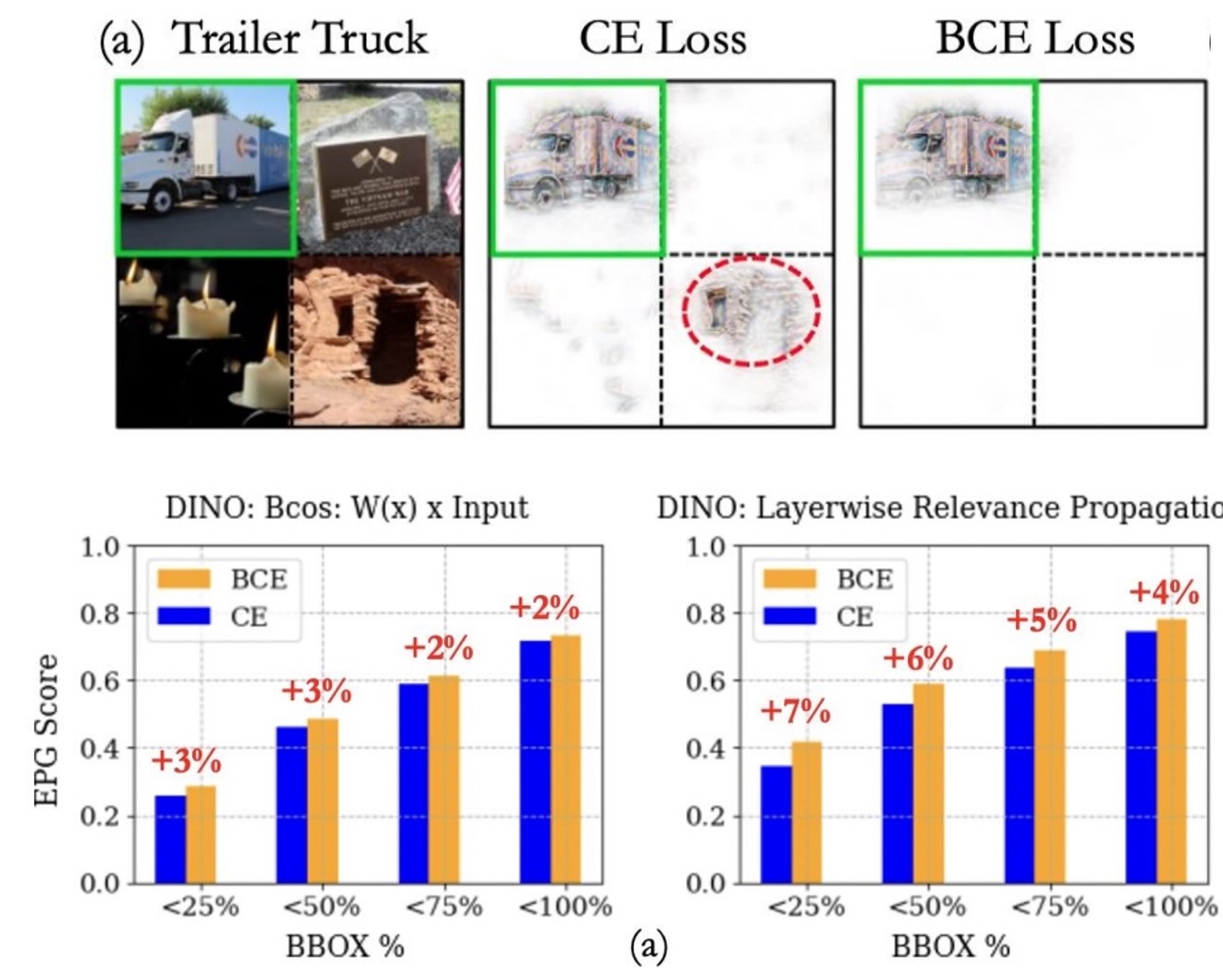 
|
Siddhartha Gairola, Moritz Boehle, Fracesco Locatello and Bernt Schiele International Conference on Learning Representations (ICLR), 2025 OpenReview / arxiv / code / bibtex Post-hoc importance attribution methods are a popular tool for “explaining” Deep Neural Networks (DNNs) and are inherently based on the assumption that the explanations can be applied independently of how the models were trained. Contrarily, in this work we bring forward empirical evidence that challenges this very notion. Surprisingly, we discover a strong dependency on and demonstrate that the training details of a pre-trained model’s classification layer (<10% of model parameters) play a crucial role, much more than the pre-training scheme itself. With this finding we also present simple yet effective adjustments to the classification layers, that can significantly enhance the quality of model explanations. We validate our findings across several visual pre-training frameworks (fully-supervised, self-supervised, contrastive vision-language training) and analyse how they impact explanations for a wide range of attribution methods on a diverse set of evaluation metrics. |
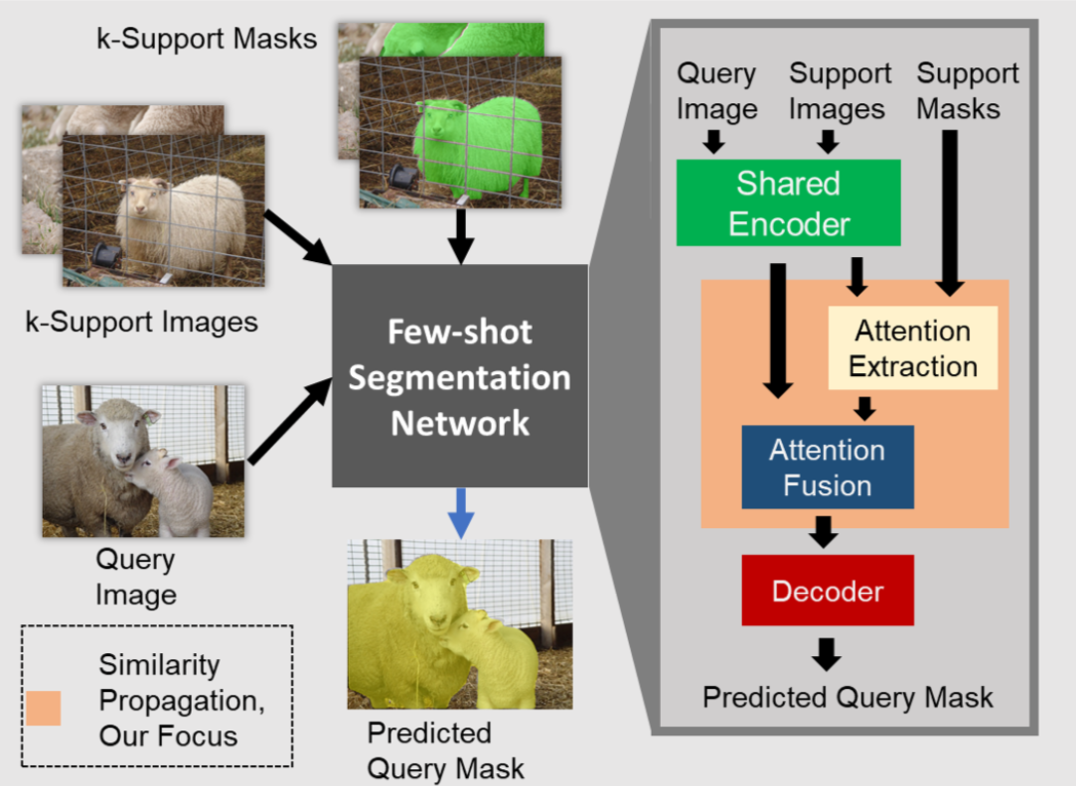 
|
Siddhartha Gairola, Ayush Chopra, Mayur Hemani and Balalji K. International Joint Conferences on Artificial Intelligence (IJCAI), 2020 IJCAI_Proceedings / pdf / bibtex Improving similarity propagation to improve one-shot and few-shot image segmentaiton. |
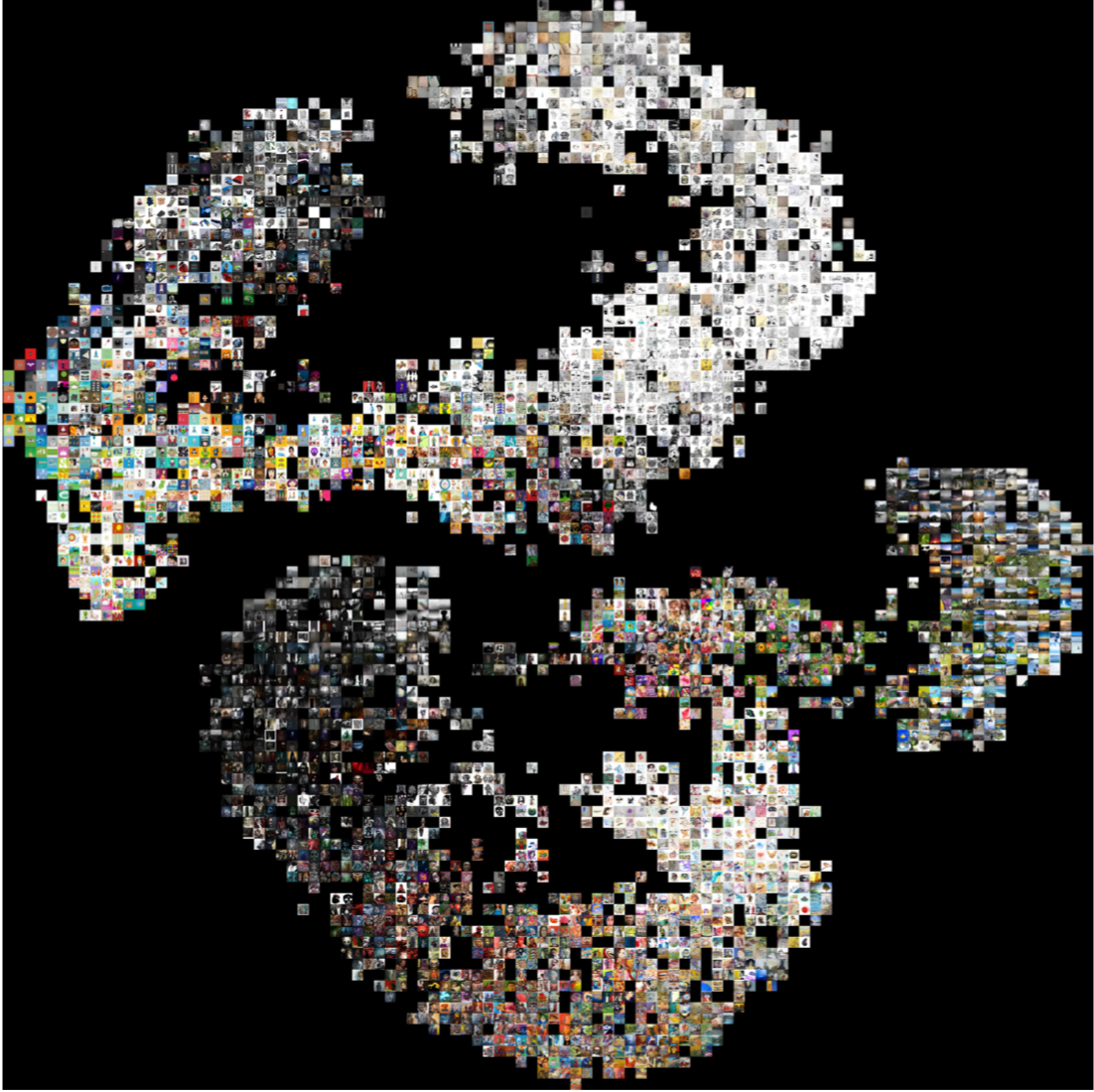 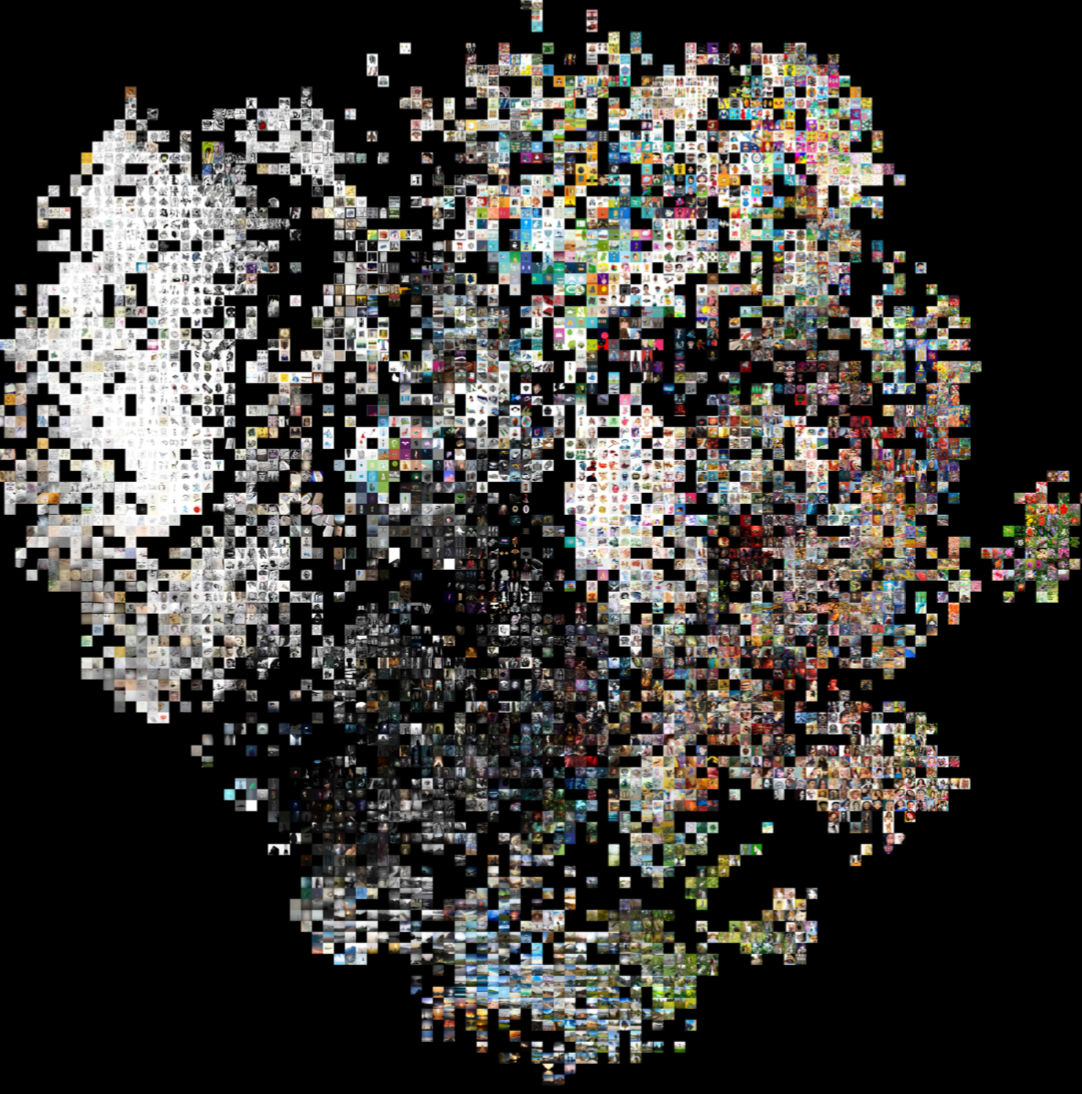
|
Siddhartha Gairola, Rajvi Shah, P.J. Narayanan IEEE Winter Conference on Applications of Computer Vision (WACV '20), 2020 code / project_page / paper / supp_material / bibtex An unsupervised protocol for learning a neural embedding of visual style of images. The proposed protocol does not leverage categorical labels but a proxy measure for finding stylistically similiar and dissimilar images. |
 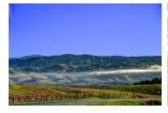
|
Saumya Rawat*, Siddhartha Gairola*, Rajvi Shah, P.J. Narayanan International Conference on Multimedia Modelling (MMM '18), 2018 project_page / pdf / bibtex A data driven method for color-consistent sky search and replacement. This technology does not require the use of complex color transfer techniques. *Both authors contributed equally towards this work. |
|
|
|
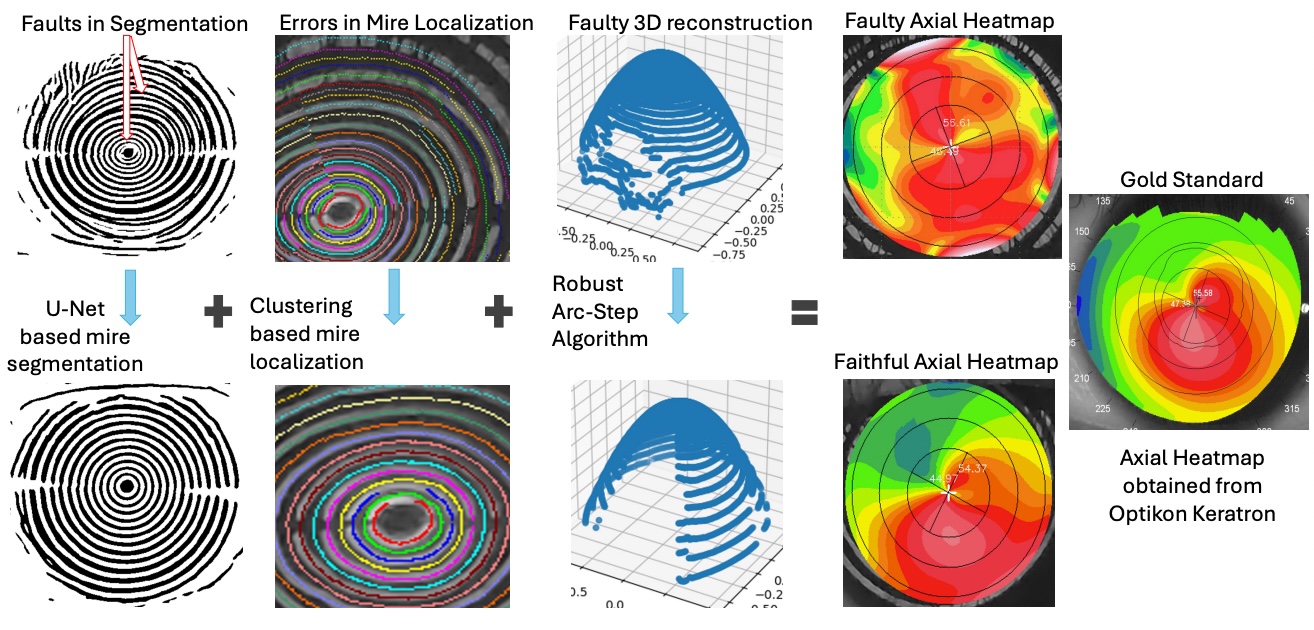 
|
Vaibhav Ganatra, Siddhartha Gairola, Nipun Kwatra and Mohit Jain et al. IEEE Winter Conference on Applications of Computer Vision (WACV '25), 2025 Open Access / code / bibtex Improving the SmartKC image processing pipeline, making it more robust and accurate. |
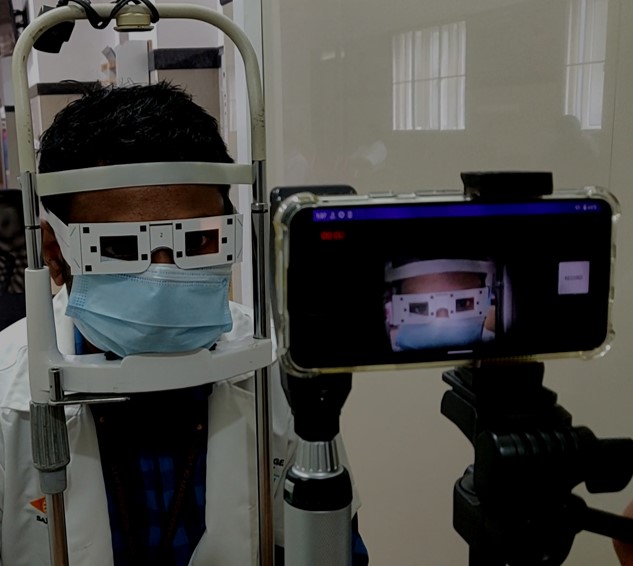 
|
Aditya Aggarwal, Siddhartha Gairola, Nipun Kwatra and Mohit Jain et al. Proceedings of the ACM on Interactive, Mobile, Wearable and Ubiquitous Technologies (IMWUT), Volume 6, Issue 3, 2022. code / project_page / pdf In this work, we automate retinoscopy by attaching a smartphone to a retinoscope and recording retinoscopic videos with the patient wearing a custom pair of paper frames. We develop a video processing pipeline that takes retinoscopic videos as input and estimates the net refractive error based on our proposed extension of the retinoscopy mathematical model. Our system alleviates the need for a lens kit and can be performed by an untrained examiner. In a clinical trial with 185 eyes, we achieved a sensitivity of 91.0% and specificity of 74.0% on refractive error diagnosis. Moreover, the mean absolute error of our approach was 0.75+/-0.67D on net refractive error estimation compared to subjective refraction measurements. Our results indicate that our approach has the potential to be used as a retinoscopy-based refractive error screening tool in real-world medical settings. |
 
|
Siddhartha Gairola, Nipun Kwatra and Mohit Jain et al. IEEE Engineering in Medicine & Biology Society (EMBC), 2022. arXiv / pdf In this work, we propose a dual-head convolutional neural network (CNN) for classifying keratoconus on the heatmaps generated by SmartKC. Since SmartKC is a new device and only had a small dataset (114 samples), we developed a 2-stage transfer learning strategy -- using historical data collected from a medical-grade topographer and a subset of SmartKC data -- to satisfactorily train our network. This, combined with our domain-specific data augmentations, achieved a sensitivity of 91.3% and a specificity of 94.2%. |
 
|
Siddhartha Gairola, Nipun Kwatra and Mohit Jain Proceedings of the ACM on Interactive, Mobile, Wearable and Ubiquitous Technologies (IMWUT), Volume 5, Issue 4, 2021. code / project_page / pdf / demo_video SmartKC is a low-cost smartphone-based corneal topographer. It provides a low-cost solution for the mass screening of keratoconus at scale. |
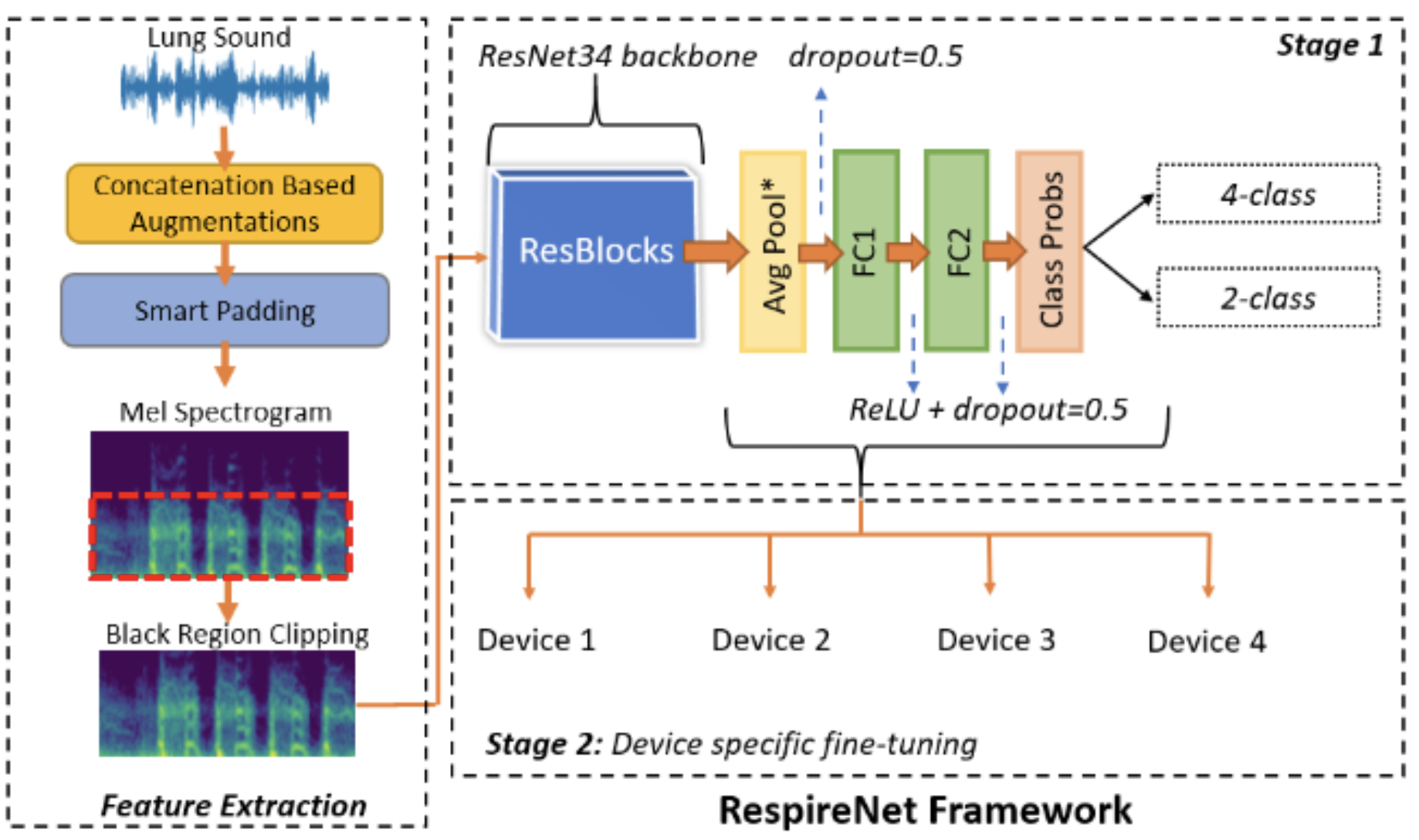 
|
Siddhartha Gairola, Francis Tom, Nipun Kwatra and Mohit Jain IEEE Engineering in Medicine & Biology Society (EMBC), 2021. code / arXiv / pdf / bibtex RespireNet is a simple CNN-based model, along with a suite of novel techniques—device specific fine-tuning, concatenation-based augmentation, blank region clipping, and smart padding— enabling one to efficiently use small-sized datasets. We perform extensive evaluation on the ICBHI dataset, and improve upon the state-of-the-art results for 4-class classification by 2.2% |
|
|
|
 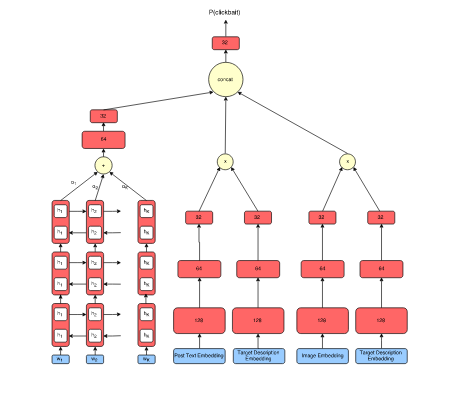
|
Dhruv Khattar, Siddhartha Gairola, Vaibhav Kumar, Yash Kumar Lal, Vasudeva Varma ACM SIGIR, 2018 code / arxiv / bibtex Detecting clickbaits using Deep Learning. |
|
For my Master's research I was supervised by Prof. P. J. Narayanan at CVIT at IIIT Hyderabad. My research was on the following two tasks (1) representation learninng for image style search and retrieval, and (2) color consistent background replacement. |
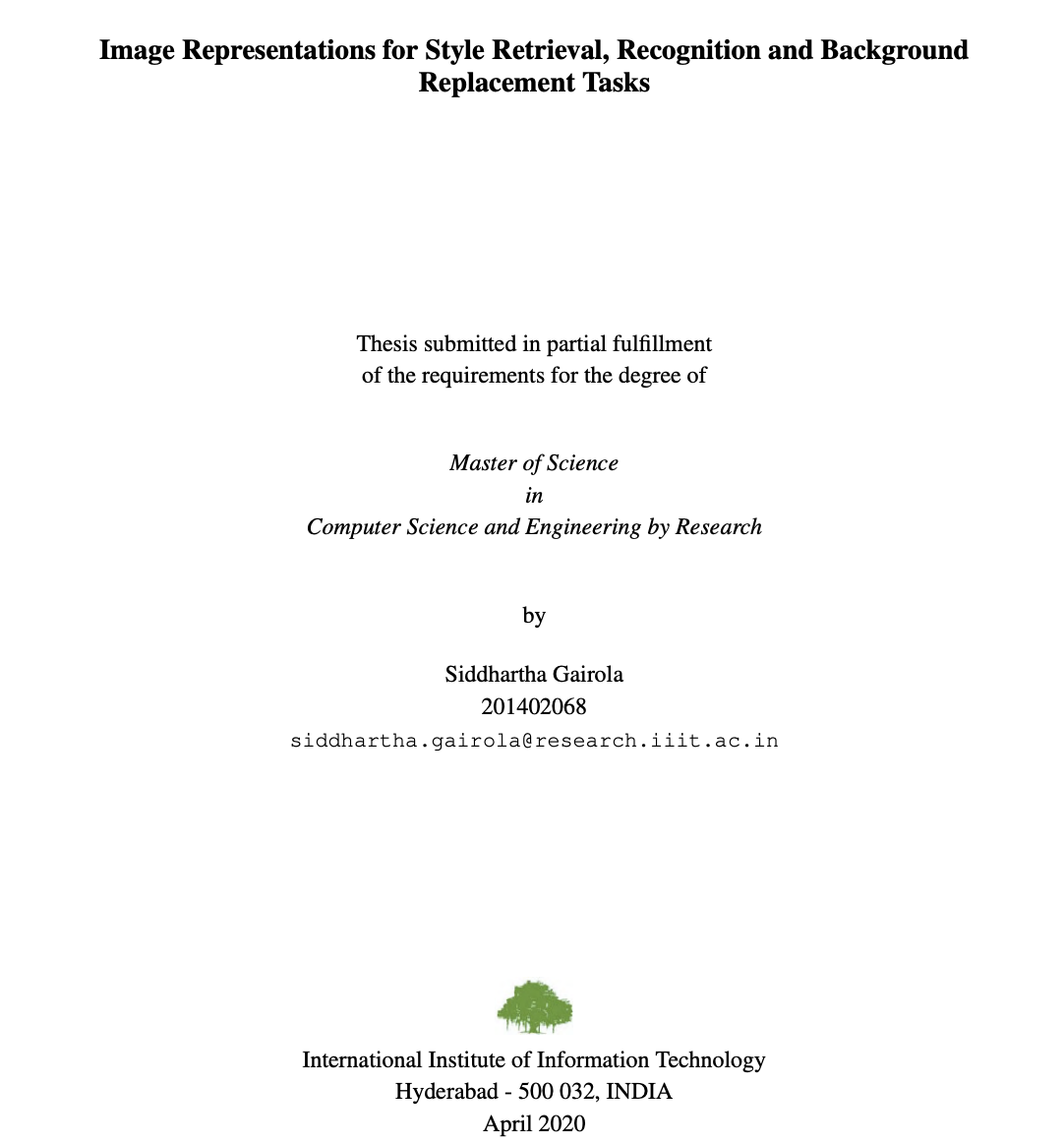 
|
Siddhartha Gairola, Master's Thesis, IIIT Hyderabad 2020. abstract / pdf |
|
|
| Microsoft Research | Research Fellow | (Aug, 2020 - Aug, 2022) | |
| Microsoft Research | Research Intern | (Jan, 2020 - July, 2020) | |
| Adobe Inc. | Research Intern | (Jun, 2019 - Jan, 2020) |
|
|
|
Intriguing Applications and Overlooked Pitfalls of XAI in Visual Models,GMUM Workshop, Jagiellonian University, October 2024. |
|
|
|
|
|
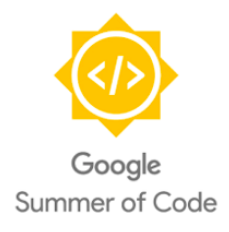 |
I contribute actively to open source organizations - Scilab and LibreOffice. I have been working with Scilab for the past 3 years now. |
|
|
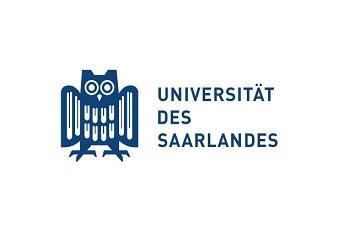 |
Worked as a Teaching Assistant at Saarland University for the courses listed below.
|
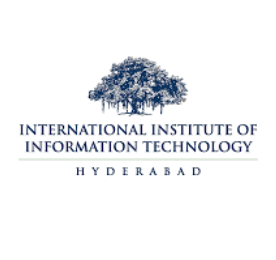 |
Worked as a Teaching Assistant at IIIT Hyderabad for the courses listed below.
|
|
|
 |
|
|
Website Credits to Mr. Jon Barron source code
|